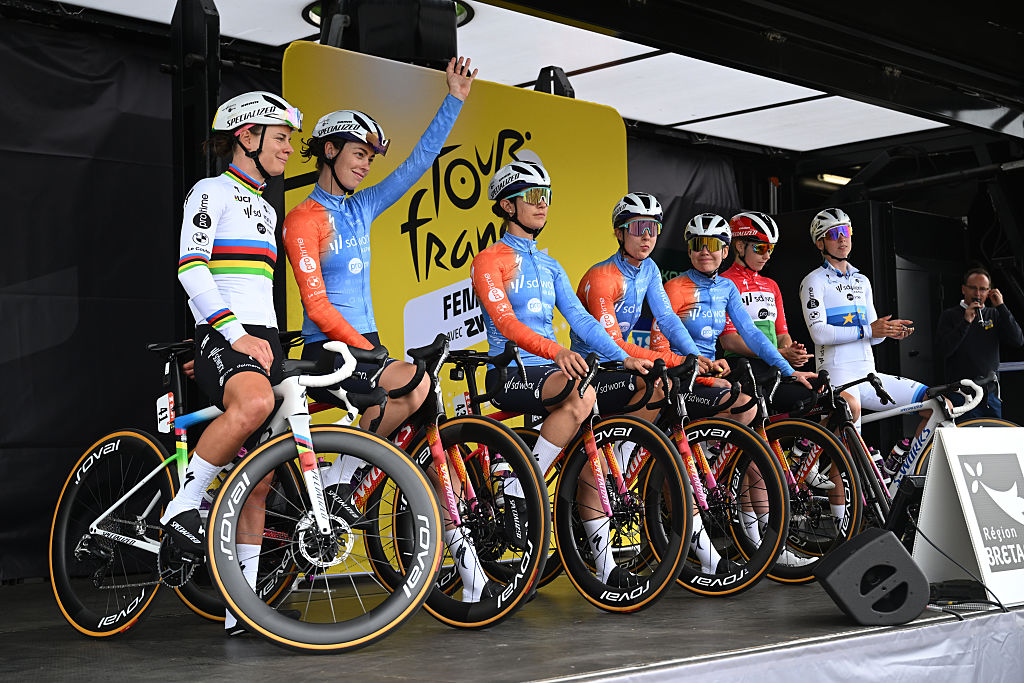Why do people choose to build their own bikes?
What’s the allure of piecing your bike together rather than buying it complete?
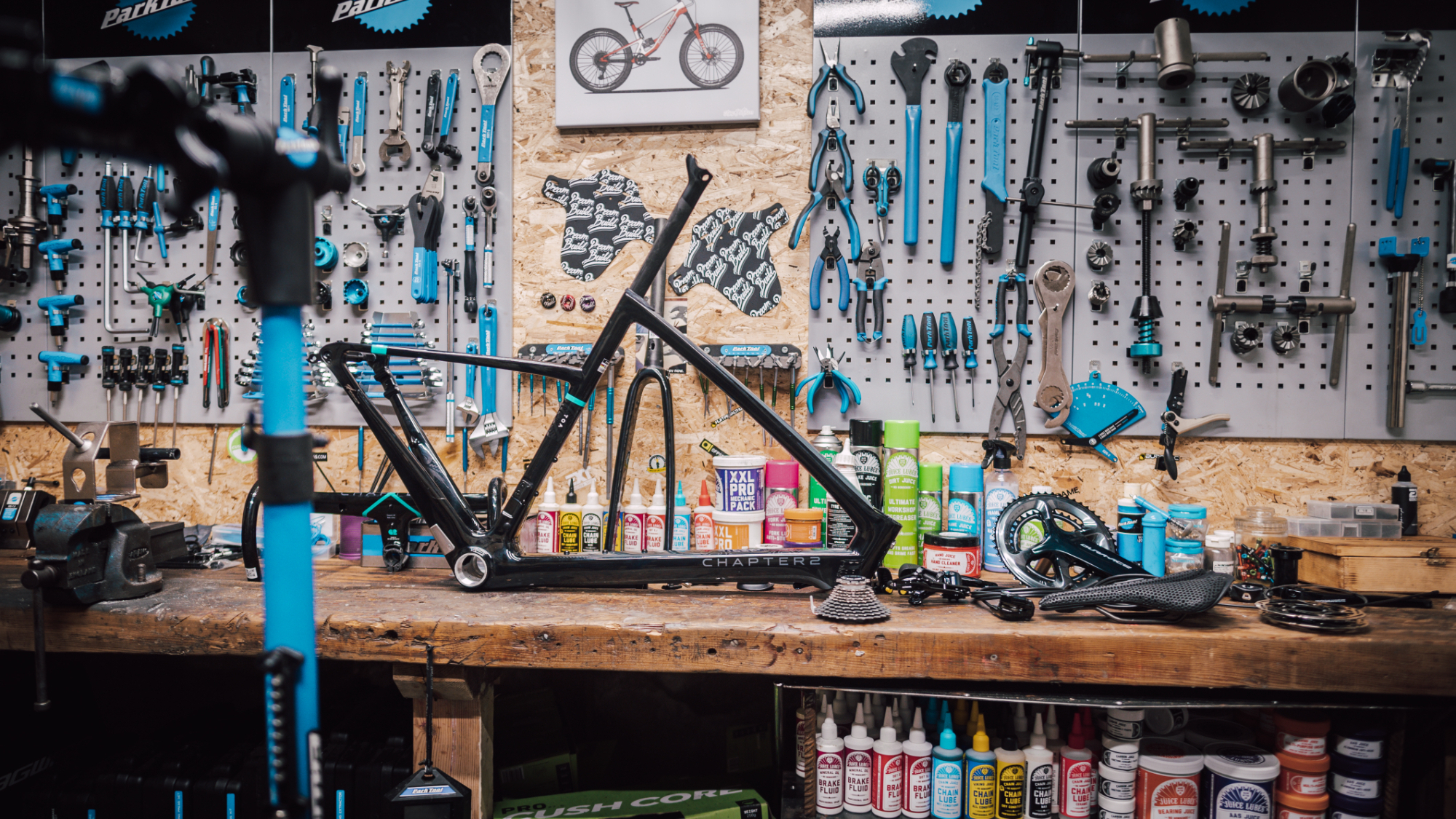
With so many bikes available with a whole array of builds from the budget to the super-expensive, you’d think that there’d be something available off the shelf to suit any rider. But there are still many cyclists who want to build up their own bikes and, according to Dom Mason at Mason Cycles in Sussex, that number is increasing.
“Recently, because components are so hard to come by at present, we have seen an increase in frameset sales,” says Mason. “It really makes sense to invest in a quality new frameset, especially if it has modern features and is adaptable and versatile, and then build it using your existing components.”
That’s despite Mason Cycles offering a wide range of complete builds and, as a small brand, offering a lot of flexibility to suit individual riders’ requests.
The winter hack
Cyclists will often have a drawer full of components like chainsets and saddles that they’ve swapped out for upgrades over the years or retained from older bikes that they’ve retired. It’s a good source of free parts to build up a new bike and is a popular way to spec a “winter hack” bike that you can kit out with mudguards, avoiding wear on your best summer bike.
An alloy or steel frameset for a winter build is a relatively inexpensive purchase. Ribble’s frames, for example, start at £599 for the Endurance AL Disc.
The good news is that most frameset-only purchases include a carbon fork and headset bearings, so you’ve got the basics of a bike ready to go and, if there’s a threaded bottom bracket shell, you can bolt most components on with a set of inexpensive tools that a mechanically-inclined cyclist is likely to own already. That means that you don’t need a pricey bearing press, thread tapping tools or other specialist workshop tools. A torque wrench or preset torque keys will help ensure that you get bolts tightened correctly.
Starting with the components you have at hand is a good approach to allow you to get your new bike up and running, even if you’re aiming to upgrade at a later date.
The latest race content, interviews, features, reviews and expert buying guides, direct to your inbox!
“We have seen many customers carry this out with really good results. Our frames are always designed with easily sourced components like 68mm BSA bottom brackets and 27.2mm seatposts,” says Mason.
Framesets for bikes with non-standard features like aero seatposts or bar/stem combos with internal cable routing will usually have the option to buy these as part of the package too, as they will be a specific design to fit the frame. All frames from Chapter2, for example, are sold with a fork, a bar/stem and seatpost and some even come with bottom bracket bearings.
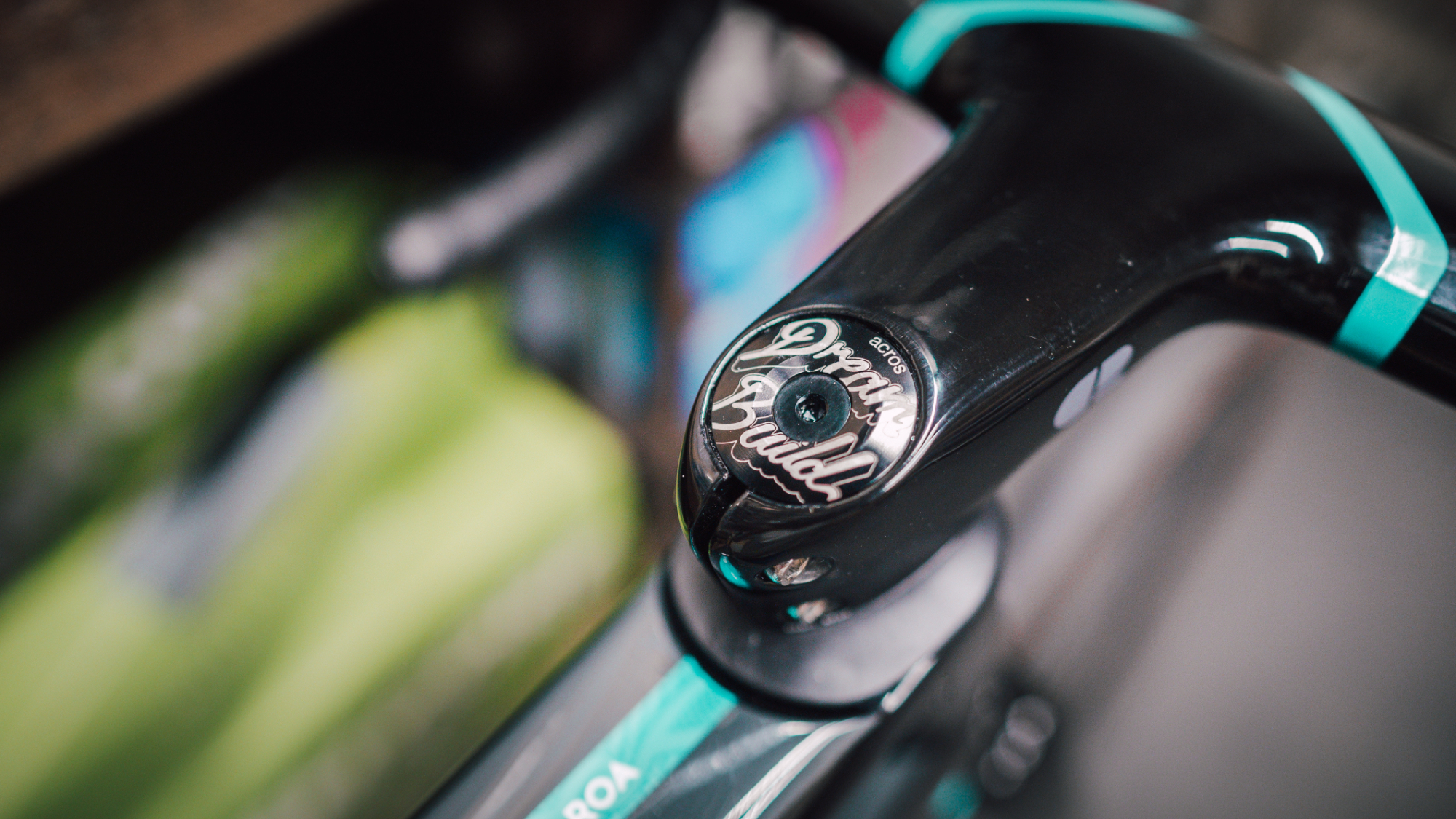
Pick and choose
If you’re after a specific build for your new bike, your choices may be limited off the shelf. If you want a Campagnolo drivetrain to match your Italian frame, for example, that immediately limits the bikes available, so sourcing your components and building your own bike may be the best option to get the spec you want.
“Many of our customers are very experienced riders, have tried many combinations of frame and groupset and know exactly what they want,” points out Mason. “So, they like to build the bicycle themselves to their exact spec, or have it built by their favourite shop, that they may have been using for many years.”
Chapter2’s co-founder Michael Pryde, backed up this sentiment, stating that Chapter2 customers know exactly what they want and that he regularly receives detailed spreadsheets with component breakdowns for every part, including their weight.
If you want to spec your bike with components from niche brands, build-it-yourself may be the only option. Favourites include Chris King headsets, while ultra-light rim brakes and other components from the likes of THM and Cane Creek paired to wheels from brands such as Lightweight can lead to a seriously light, money-no-object build.
Specialist builds like bikes for hill climbs and time trials will also usually be bespoke rather than off-the-shelf specs. In the case of cyclocross bikes, since most cyclocross frames now do double duty as gravel bikes, a racing spec will often require a bespoke build.
Mason has found that in some cases, his customers spend a few months sourcing and putting together their perfect build kit from new components.
“Many riders love the process of searching for each component, from all over the world and then building the bicycle themselves,” he says.
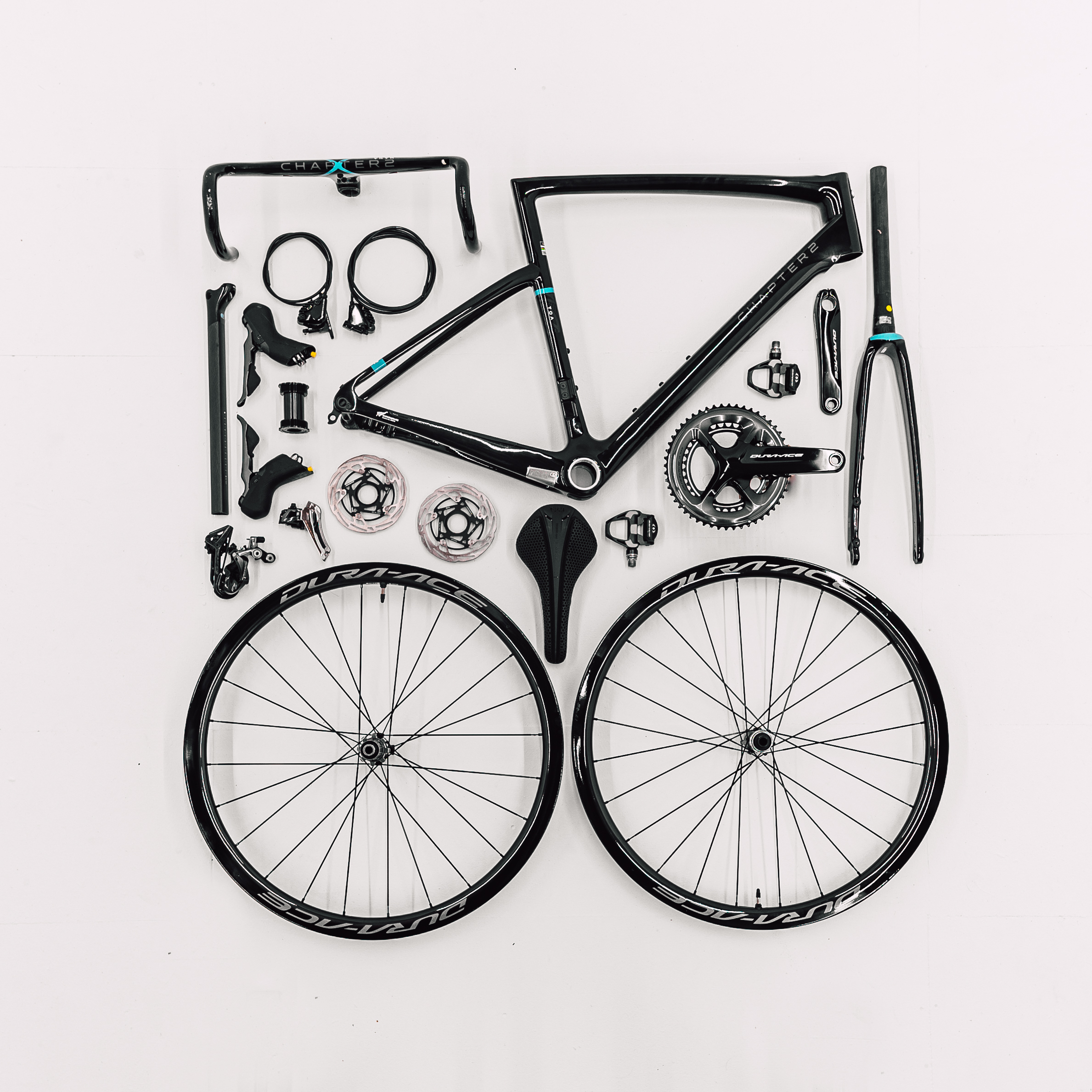
Different dimensions
Self-build is also a good option for riders who don’t fit well on a standard set-up. If you’re especially tall or your body dimensions are out of the normal range, a stock build may just not fit and you may need to look for a frame from a niche builder. Some brands will build you a one-off frame in a non-stock size:
Condor Cycles in the UK, for example, will build the majority of its framesets to custom dimensions for a £250 fee. It will also add features like mudguard and rack mounts or alter the frame’s bottom bracket standard for the same price. That ability to select the exact standards and features you want, along with your frame’s uniqueness, is a major attraction of a fully bespoke frame build, too.
Self-build might also be cheaper than a swap out of the chainset on a bike bought complete, if you want to run cranks that are longer or shorter than a standard spec. If you do want a non-standard crank length, it might also be worth considering a fully bespoke frameset to ensure that you have the right handling characteristics and the ground clearance for safe cornering.
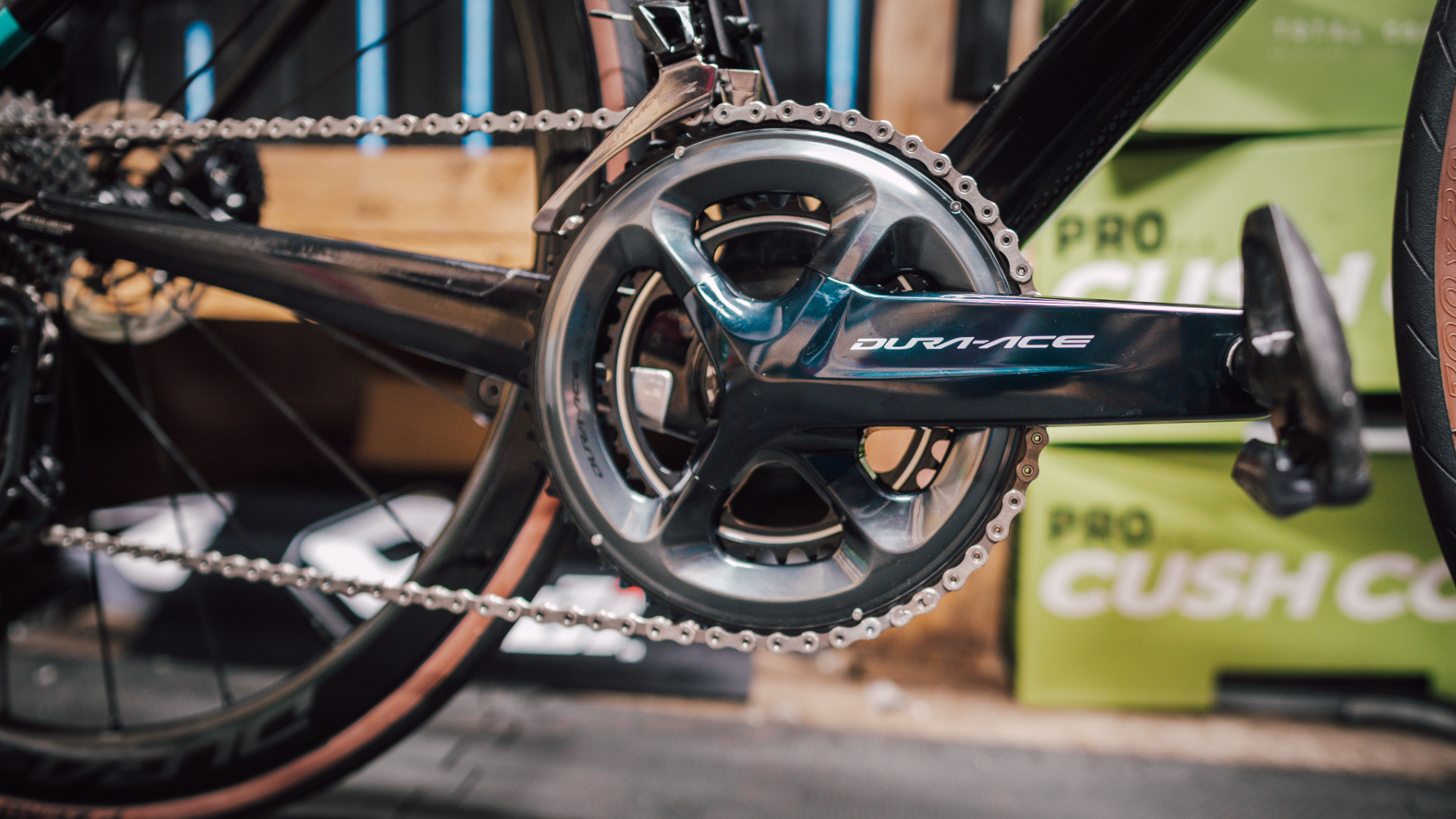
Understand your bike
Self-build also helps you to increase your understanding of how your bike functions.
“It's a really good way to get to know all parts of the bicycle intimately, know exactly which tools to carry and have a good understanding of how to adjust and repair if you have problems on a long and remote adventure,” Mason states.
“Apart from all this, there is something almost indescribable about the feeling of that first ride on a bike that you have found all the parts for and built entirely yourself! I would really recommend the entire process, especially in these crazy times for the cycle industry and world as a whole,” he concludes.

Paul has been on two wheels since he was in his teens and he's spent much of the time since writing about bikes and the associated tech. He's a road cyclist at heart but his adventurous curiosity means Paul has been riding gravel since well before it was cool, adapting his cyclo-cross bike to ride all-day off-road epics and putting road kit to the ultimate test along the way. Paul has contributed to Cyclingnews' tech coverage for a few years, helping to maintain the freshness of our buying guides and deals content, as well as writing a number of our voucher code pages.
